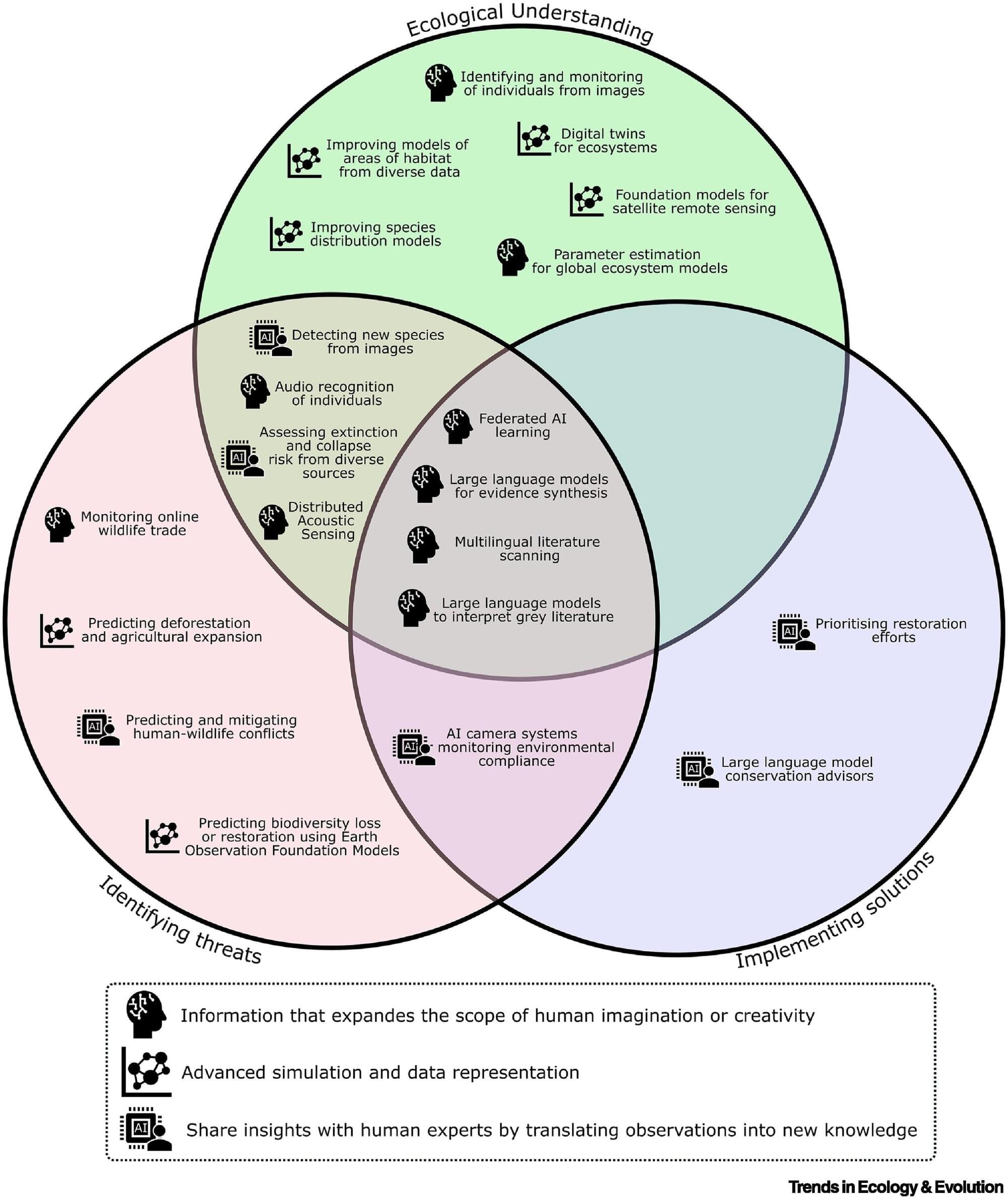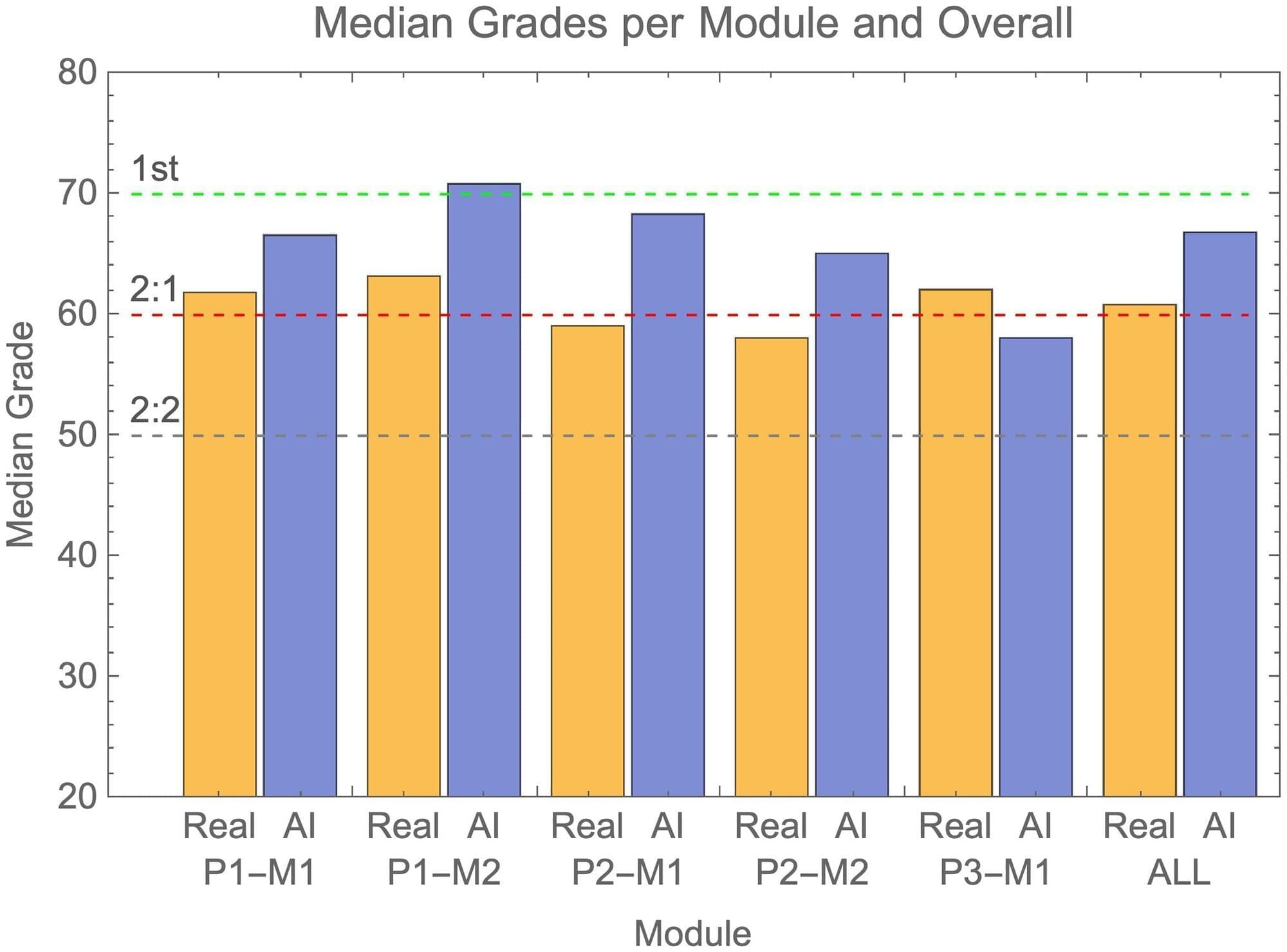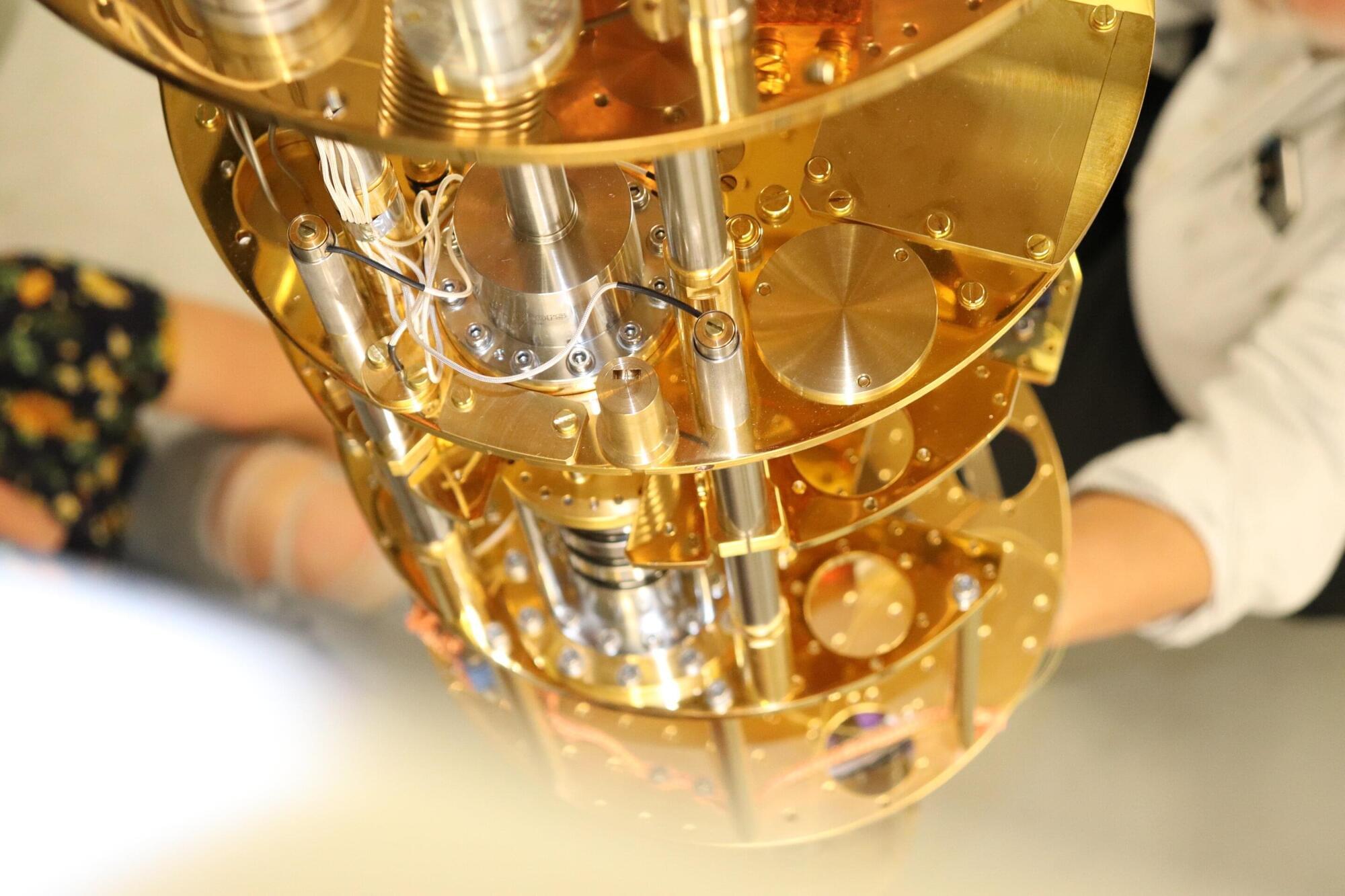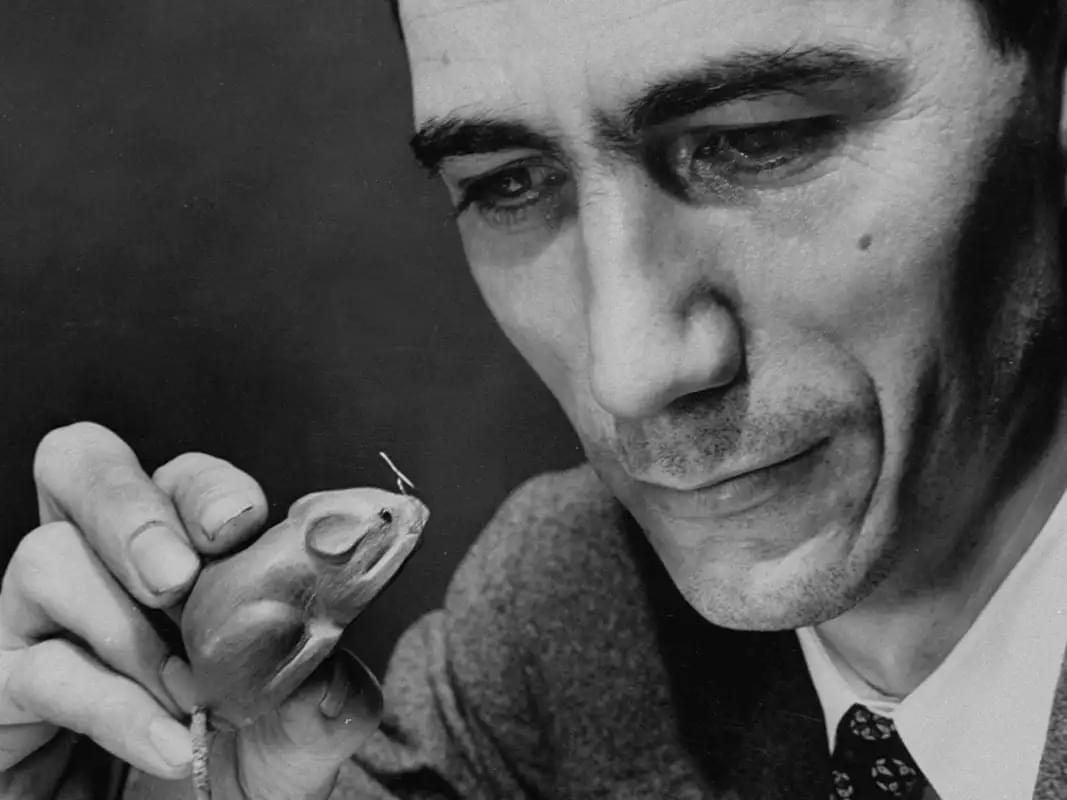Artificial intelligence could be affecting the scientific rigor of new research, according to a study from the University of Surrey.
The research team has called for a range of measures to reduce the flood of “low-quality” and “science fiction” papers, including stronger peer review processes and the use of statistical reviewers for complex datasets.
In a study published in PLOS Biology, researchers reviewed papers proposing an association between a predictor and a health condition using an American government dataset called the National Health and Nutrition Examination Survey (NHANES), published between 2014 and 2024.








